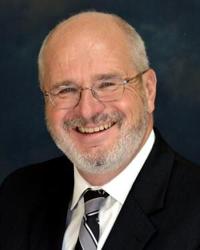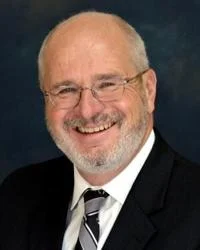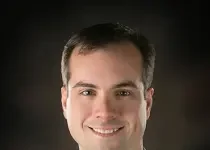An Animal Of An Altogether Different Sort
INDIANAPOLIS—The economy these days resembles nothing so much as Doctor Dolittle’s famed Pushmi-Pullyu.

The Pushmi-Pullyu—pronounced “push-me-pull-youâ€â€”looked like a llama with two heads, one on each end of its body. It always seemed to be trying to move in two different directions at the same time.
That’s the way it is with the economy right now.
Every new bit of economic news seems to contradict the update that came just before it. It’s hard to know what’s going on.
For instance, the Labor Department announced on one day that the U.S. economy had added nearly 375,000 jobs during the month of June. Normally, that would be a cause for celebration.
And it was for about a minute and a half.
President Joe Biden’s administration touted the job growth as a sign of how robust the economy has been on his watch.
But then, just a few days later, the Bureau of Labor Statistics reported that the consumer price index climbed by 9.1% over June. This represented the highest spike in inflation since 1981.
That set Republicans to firing off press releases and issuing statements blasting Biden’s handling of the economy.
In truth, the growth in inflation might be both understandable and acceptable if wages were rising at the same rate.
But they aren’t.
Wages have grown at only about half the pace that prices have. That means most Americans are finding that, even as they earn more money, they can buy less with it.
That’s not good.
It’s also a puzzle.
Most often, surges in employment produce upswings in income, which in turn tend to drive prices up. Labor, after all, is often the largest expense of any enterprise, so it shouldn’t be a surprise that costs go up when wages do.
But that’s not exactly what’s happening now.
We are seeing wages climb—but not at the skyrocketing rate that prices are.
Nor are we Americans alone in facing this dilemma. It seems to be a worldwide phenomenon, one that is affecting most if not all industrialized economies.
The pent-up demand created by the coronavirus pandemic can account for part of the inflationary pressure. Many businesses curtailed or even stopped production or operation during the worst days of the pandemic.
Since the world began to open again and people were eager once more to buy, it has taken some time for supplies to catch up with demand. Scarcity of desired goods and services always makes them more costly.
Some of the explosive growth in prices also can be attributed to the worldwide labor shortage. Economists have been warning us for a decade that we were about to enter a period in which the costs of finding qualified workers were going to escalate year after year. The peak isn’t supposed to occur until 2030.
But if the labor shortage explained all the inflation problem, people’s paychecks would be growing just as fast as the prices they pay for gasoline and groceries are.
Which isn’t what’s happening.
Worse, it makes the challenge of dealing with the inflation problem even more complicated.
The last time inflation was this bad—a little more than 40 years ago—Ronald Reagan was president.
Reagan used unemployment to put the brakes on inflation. Having people out of work slowed the rise of prices.
But it’s hard to use that particular brake when labor is one of the scarcest commodities around. Laying people off when there already aren’t enough workers to fill the jobs available is like trying to cure a stomachache by chopping off one’s hands.
The remedy will be worse than the ailment.
So, what does all this mean?
It’s hard to say because we’re seeing things we rarely if ever have seen before. Many economic trends and forces seem to be marching in opposite directions.
Just like a Pushmi-Pullyu.
FOOTNOTE: John Krull is director of Franklin College’s Pulliam School of Journalism and publisher of TheStatehouseFile.com, a news website powered by Franklin College journalism students. The opinions expressed by the author do not reflect the views of Franklin College.





